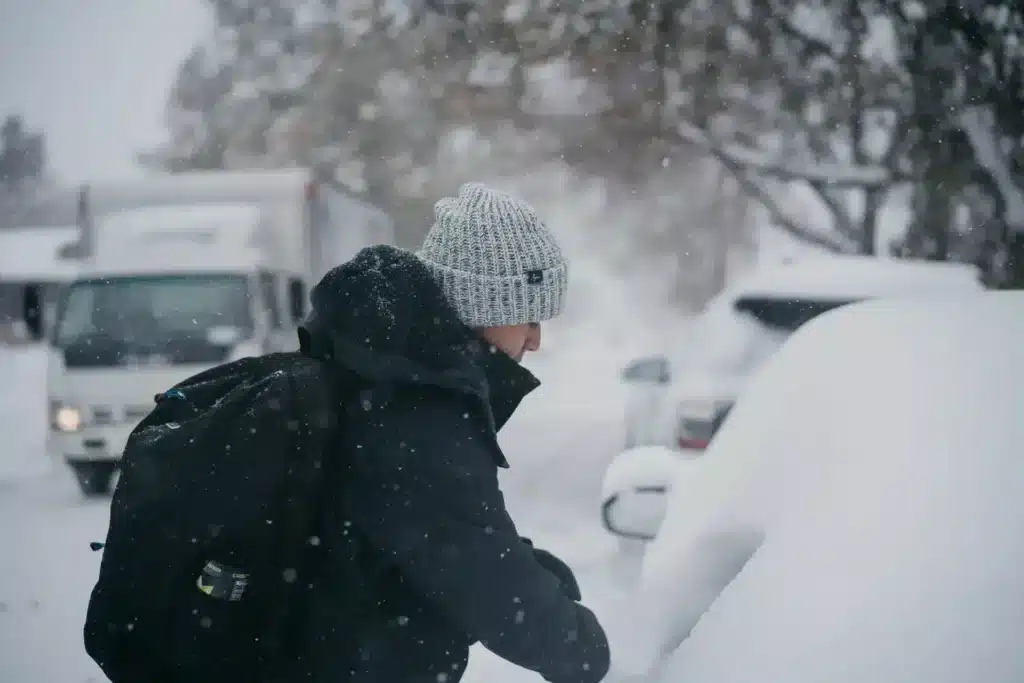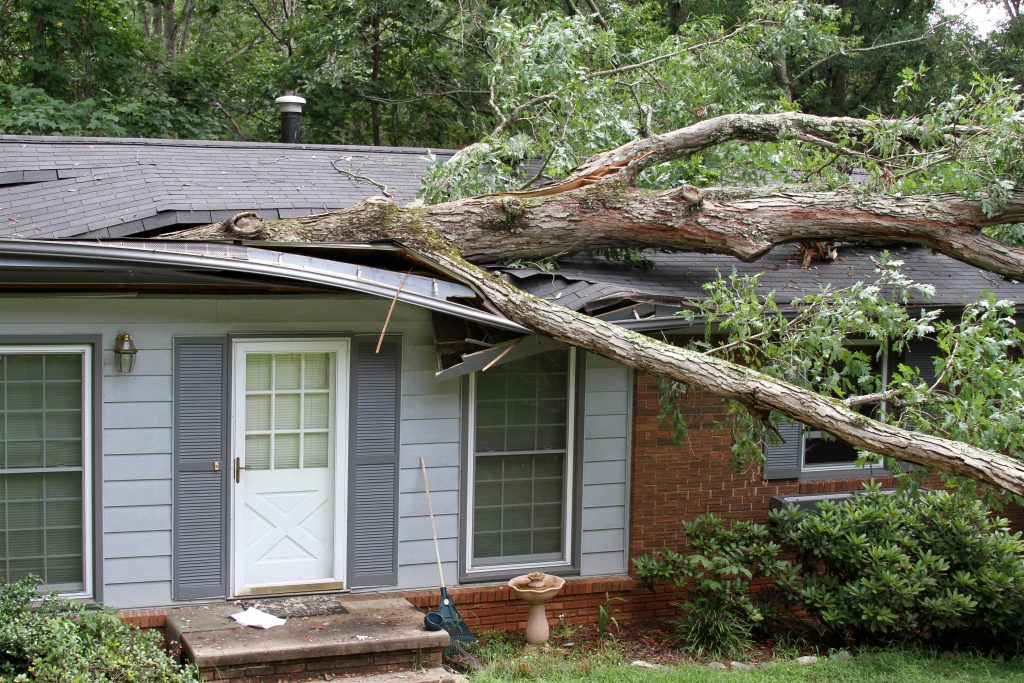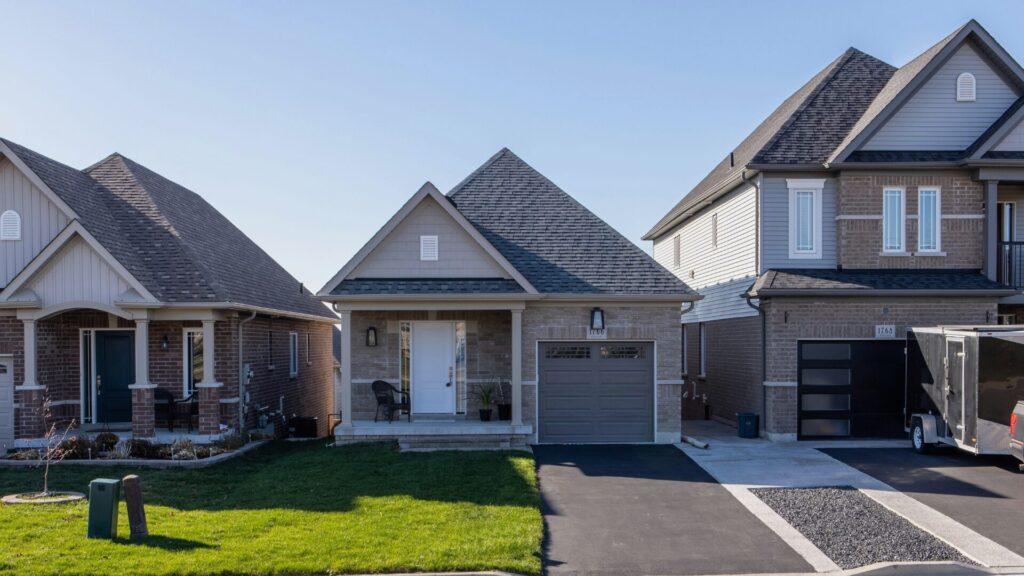Texas experiences extreme storms, and those storms can cause severe damage to roofs. Conditions such as wind, hail, and tornadoes can either damage the roof itself or even rip part or all of it off. Once the roof is damaged, the property and belongings beneath it are also subject to damage.
It would seem logical that damage from a storm would be a simple claim to file and be accepted by an insurance company. After all, storms powerful enough to cause damage are widely documented by meteorologists and on video, plus the roof damage is often (although not always) visible to the naked eye.
However, insurance companies will look at their bottom line first. The goal is to pay out the least amount possible and protect their profits. That means they often look to find reasons to deny or underpay the claim, leaving you to make repairs out of your own pocket after paying premiums for years. If this happens, call an experienced storm damage and insurance company attorney to learn your options.
How Do Insurance Companies Deny Claims?
Insurance companies have many tactics for either outright denying a claim or only partially paying it. There are various reasons they’ll claim for the denial, whether the roof was too old or showed signs of having been previously damaged. They could insist that a roof replacement isn’t necessary and that a simple repair will do the job. The homeowner might be blamed by the insurance company claiming the homeowner didn’t correctly take care of the home or that they even tried to over-value the damage and loss.

These companies use insurance adjusters to evaluate claims and inspectors to assess the damage. Keep in mind that the adjusters and inspectors hired by the insurance companies are looking out for the best interests of the entity that pays them–not you.
How Can a Storm Damage Attorney Help Me with a Denied or Underpaid Claim?
Roof damage lawyers skilled in handling claims know how to examine the policy for loopholes the insurance company may try to use to deny a claim. They also understand that the adjusters and inspectors are working on behalf of the insurance company, not the homeowner.
When a massive storm occurs and damages hundreds, if not thousands, of homes, inspectors and adjusters can be overwhelmed. This can lead to a lack of proper inspection and rushed investigation, whether intentional or unintentional. A damaged roof is often just the tip of the iceberg. If the roof was damaged enough to leak, water entering the home can cause far more extensive damage that isn’t always visible right away. It can take weeks or months for that damage to make itself known, and by then it can be far worse. Taking time to make sure the full extent of the damage is known up front can save time, aggravation, and possibly litigation later.

At Flores & Pelaez-Prada, storm damage claims are the only priority. We know how important it is to protect the investment you have in your home or business and how frustrating it can be to work with insurance companies that don’t step up and do the right thing.
What Should I Do if My Roof Is Damaged in a Storm?
There are several steps you should take if you know or suspect your roof was damaged in a storm.
- Talking with a storm damage attorney is a good first step to learn what your rights are and what to expect in the claims process. The attorney can also walk you through your policy to understand what you can and can’t expect the insurance company to do.
- Document the damage. That means taking photos and videos showing the damage and compiling notes. This can be important in the claims process, especially if the insurance company tries to deny the claim.
- Contact your insurance company as soon as possible. Your policy requires you to give prompt notice to your insurance carrier when your property has been damaged. When a severe storm causes damage across a community, insurance companies can be overwhelmed with calls. Be sure to document all communications by making notes about phone calls and retaining emails or letters related to the claim. If you have to have emergency work done or stay in a hotel and eat at a restaurant, keep all those records and receipts as well.
How Can I Tell if My Roof Was Damaged by a Storm?
There are obvious signs of damage from a storm that you can see by just walking around the exterior of your home, including shingles missing or broken or noticeable holes. If there’s no obvious damage, but there is debris on the roof, it’s possible the damage is hidden by the debris.
Unless you’re a roofing contractor yourself, it’s not a good idea to climb up on the roof. We don’t recommend it. Get a professional as they will have special equipment and shoes to keep them from falling off a roof. If you don’t see obvious damage, it’s a good idea to call in a professional roofer to inspect the roof. Not only are they trained for safety when walking on a roof, they’ll also be able to see small signs of damage you might miss.

Among the things a roofer should look for depends on the type of roof you have (flat or angled, shingled or tiled, etc.), but in general, they’ll look for signs of damaged shingles or membrane, leaks, wind blown debris damage, broken seals around chimneys or skylights, or whether there are signs of hail damage.
Texas Storm Damage Attorneys Can Help Fight a Claim Denial
Call us at 855-786-7674 to request a free claim evaluation. Our expert storm damage team has extensive experience working with insurance companies and getting rid of the reasons they use to deny claims. Our job is to protect your best interests.
















